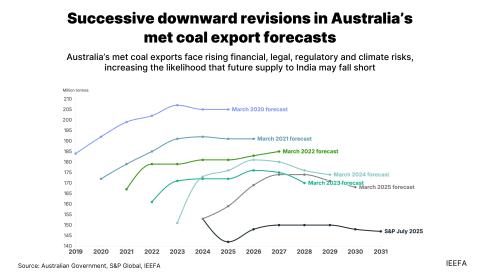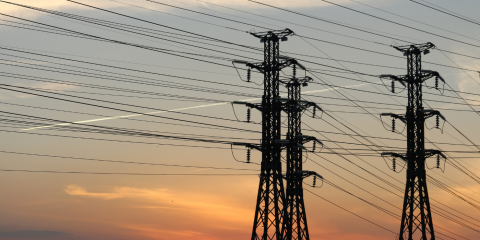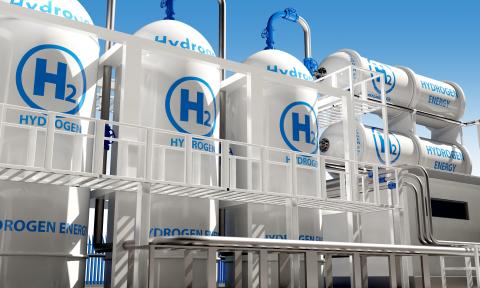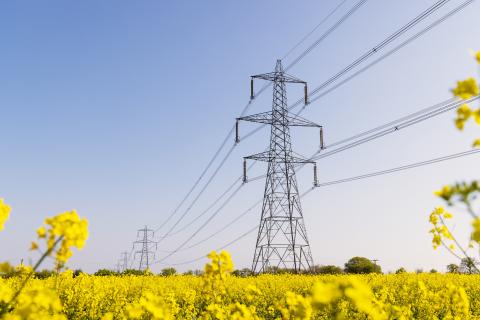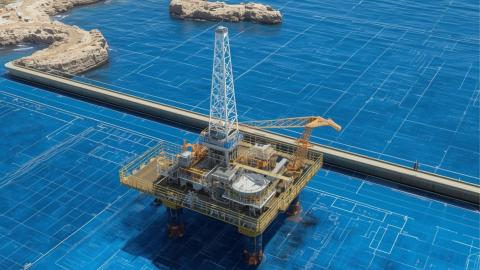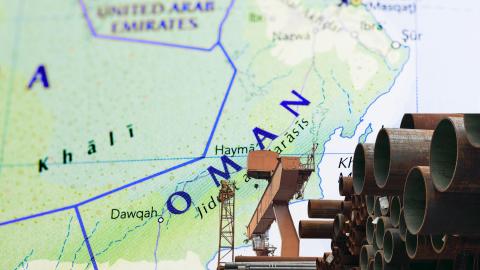Blue Hydrogen’s carbon capture boondoggle
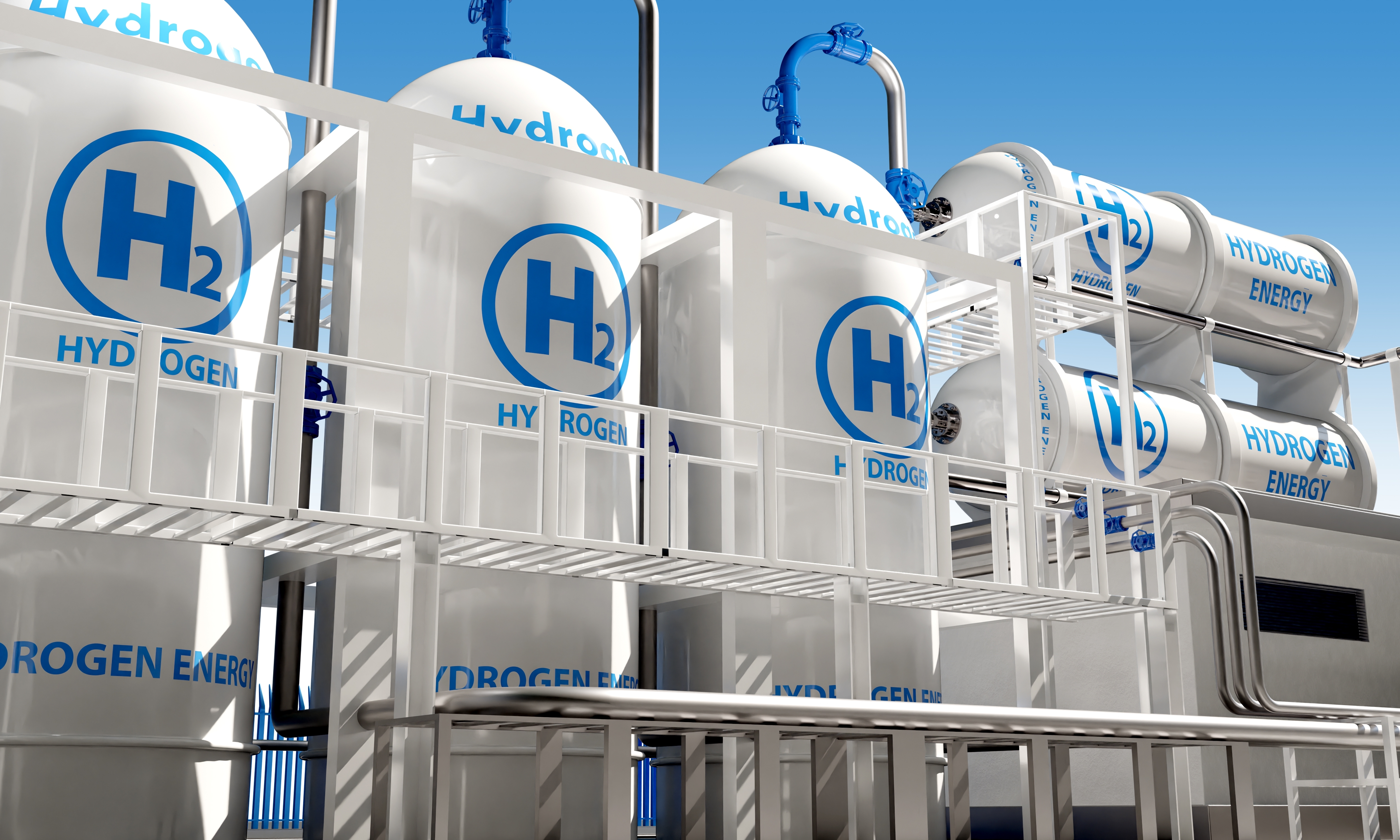
Air Products’ proposed hydrogen plant in Louisiana likely will cost taxpayers billions of dollars with minimal greenhouse gas reduction
Key Takeaways:
One of the largest blue hydrogen projects in the U.S. would have little if any environmental benefit, according to an IEEFA analysis.
The Air Products Louisiana Clean Energy Complex (LCEC) would be a financial bonanza for its owner but a drain on U.S. taxpayers.
The $7 billion Louisiana facility is likely to result in a substantial amount of new carbon dioxide emissions while Air Products benefits from a measure designed to reduce CO2 emissions.
Even if the product fails to reduce CO2 emissions, Air Products stands to reap more than 6 billion for the capture and storage of 5 million metric tons of CO2 over 12 years.
Producing blue hydrogen is a lose-lose proposition that would cost billions of dollars in subsidies for essentially zero environmental benefit, according to a new report from the Institute for Energy Economics and Financial Analysis (IEEFA).
The report focuses on Air Products’ planned Louisiana Clean Energy Complex (LCEC), one of the largest blue hydrogen projects in development in the U.S. IEEFA’s analysis shows that the project would be a potential money-making bonanza for Air Products but would have little if any environmental benefit, while costing taxpayers billions of dollars.
“Spending billions of dollars on untested carbon capture technology in applications with no net climate benefit is a waste of taxpayer money,” said Anika Juhn, IEEFA energy data analyst and co-author of the report. “Building out renewable power infrastructure, improving energy efficiency, and reducing methane leakage from the natural gas system are more cost-effective and proven approaches to a clean energy transition.”
Air Products says the facility, estimated to cost $7 billion, will begin commercial operation in 2028 and produce almost 600,000 metric tons of hydrogen per year from methane gas. The company also says the facility will capture and store 5 million metric tons of carbon dioxide (CO2) annually, which would qualify for generous federal tax credits under the existing 45Q program.
The IEEFA analysis finds that under optimal operating assumptions—particularly assuming very high carbon capture rates—the facility could produce a minimal reduction in net emissions. But if more realistic assumptions are used, reflecting real-world data and current scientific research, evidence-based estimates find that this project will likely result in substantial new CO2 emissions at enormous cost to taxpayers.
Under the 45Q credit, Air Products could claim up to $440 million per year in 2025 dollars and $6.3 billion when adjusted for inflation for the capture and storage of 5 million metric tons of CO2 over the 12 years of eligibility. This is true even if the project achieves no net reduction in greenhouse gas emissions.
Current regulations have no requirement that this project reduce net emissions and set no penalty if the project actually results in net increases in emissions. There is a substantial risk that private companies will benefit from this taxpayer-funded subsidy without providing any meaningful environmental return on the investment. The LCEC project highlights the problems inherent in the 45Q credit system as well as the false promise of blue hydrogen as a climate solution.



